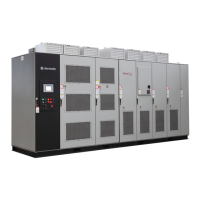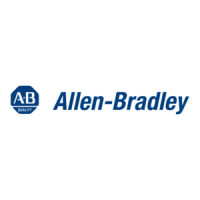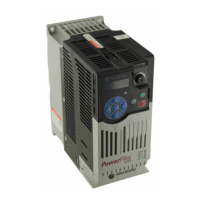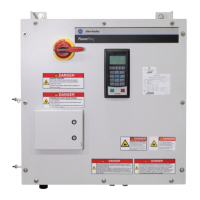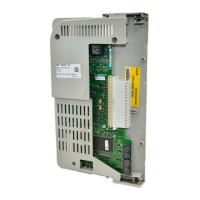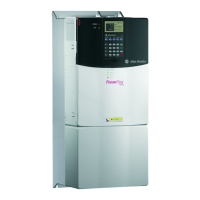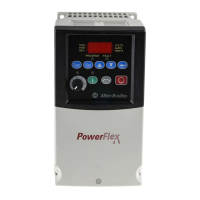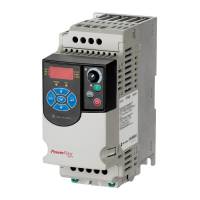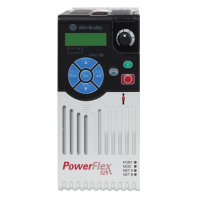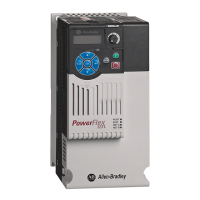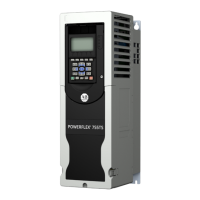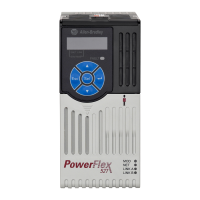2-28 Bus Regulation
Figure 2.2 Bus Voltage Regulator, Current Limit and Frequency Ramp.
The derivative term senses a rapid rise in the bus voltage and activates the
bus regulator prior to actually reaching the bus voltage regulation set point
Vreg. The derivative term is important since it minimizes overshoot in the
bus voltage when bus regulation begins thereby attempting to avoid an
over-voltage fault. The integral channel acts as the acceleration or
deceleration rate and is fed to the frequency ramp integrator. The
proportional term is added directly to the output of the frequency ramp
integrator to form the output frequency. The output frequency is then
limited to a maximum output frequency.
Bus Voltage Regulator
Current Limit
Magnitude
Calculator
Frequency
Ramp
(Integrator)
Frequency
Limits
Current Limit Level
U Phase Motor Current
W Phase Motor Current
Proportional Channel
Frequency
Reference
Acc/Dec Rate
Integral Channel
Bus Reg
I Limit,
No Bus Reg
Proportional Channel
I Limit,
No Bus Reg
Maximum Frequency, Minimum Speed, Maximum Speed, Overspeed Limit
Frequency Set Point
+
+
++
+
Output Frequency
Frequency Reference (to Ramp Control, Speed Ref, etc.)
Speed Control (Slip Comp, Process PI, etc)
Bus Voltage Regulation Point, V
reg
Bus Reg On
Bus Voltage (Vbus)
PI Gain Block
Speed
Control
Mode
0
No Limit
Limit
SW 1
SW 2
SW 3
SW 4
SW 5
Derivative
Gain Block
Jerk
Ramp
Jerk
Clamp
No Limit
PI Gain Block
Derivative Gain
Block
Integral Channel
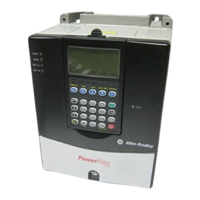
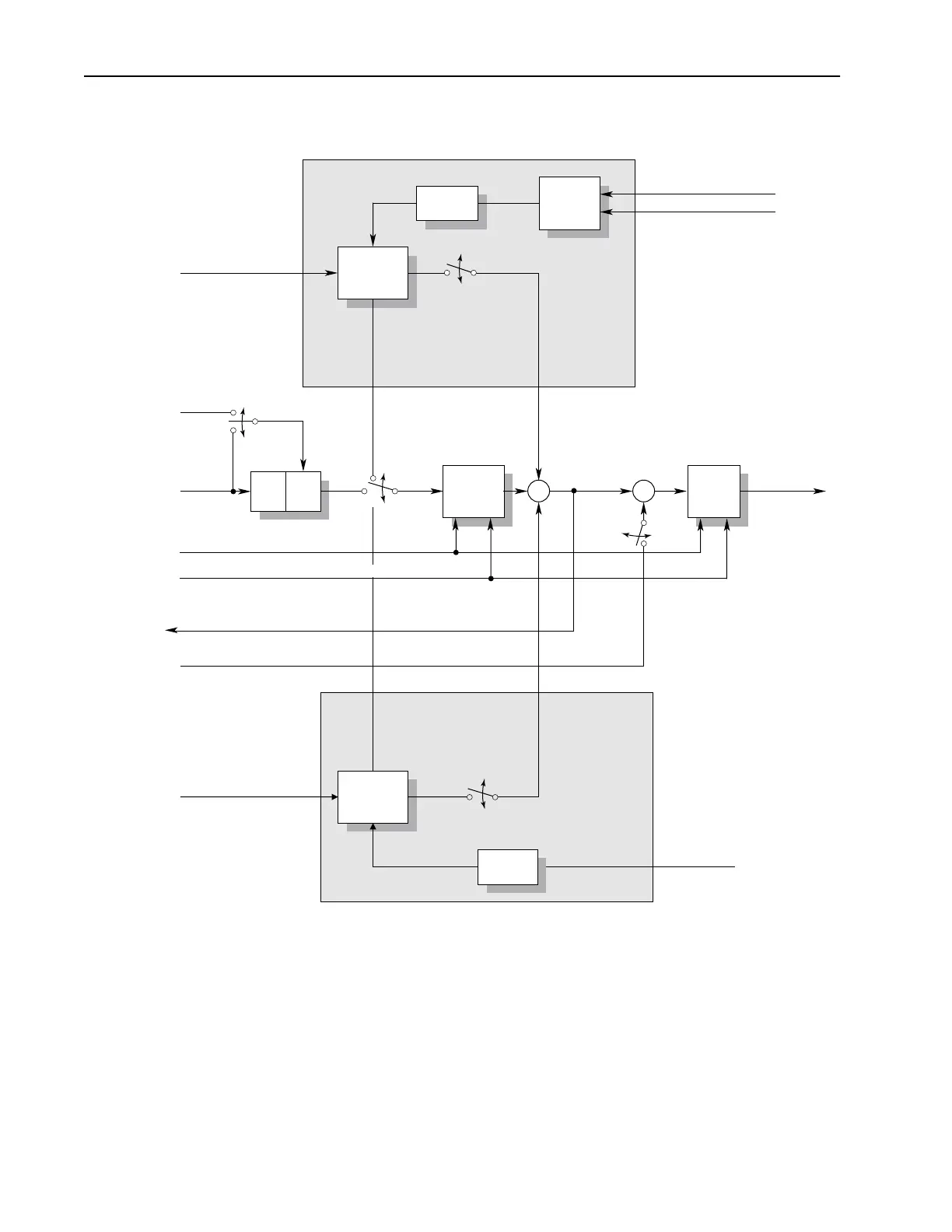